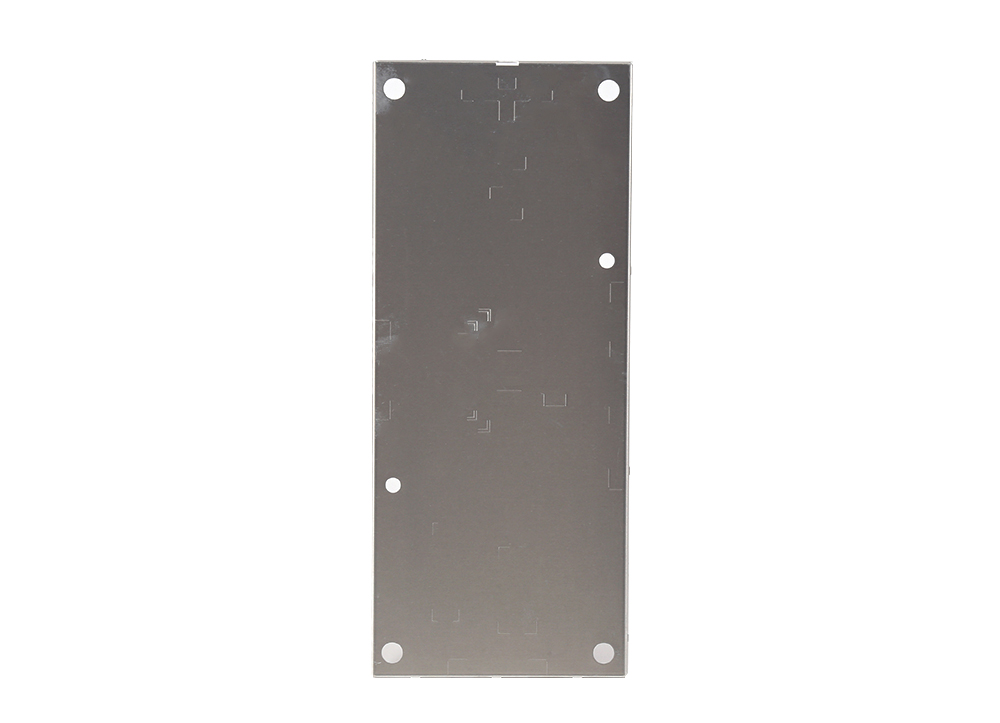Time:2023-10-12 Preview:
① The main factor in reducing carbon concentration is the reaction between surface carbon and hydrogen, oxygen, carbon dioxide, etc. in the air.
② The quenched surface of decarburized steel is prone to a decrease in fatigue strength, wear resistance, and surface hardness, which participate in the formation of surface network cracks under tensile stress.
③ Oxidation refers to the phenomenon where the iron and alloy on the surface of steel react with hydrogen, oxygen, carbon dioxide, etc. in the air to form an oxide film during heating.

⑥ After oxidation of high-temperature workpieces, their dimensional accuracy and surface brightness will be reduced, and they also have oxide films and poor hardenability, which are prone to quenching points.
Overheating phenomenon in stainless steel processing: The decrease in mechanical properties of parts is caused by overheating during the heat treatment process, which can easily lead to the coarsening of austenite grains.
Overburning phenomenon in CNC stainless steel processing
① In work, it is important to avoid the occurrence of overheating, as once it occurs, the organization can only be scrapped and cannot be restored.
② Excessive heating temperature causes coarse grain size in austenitic stainless steel plates, and local melting or oxidation of grain boundaries leads to weakening of grain boundaries. Excessive burning can lead to the deterioration of steel properties and the formation of cracks during quenching.
Chemical polishing for stainless steel processing. Its advantages are low investment in processing equipment, ability to dispose of complex parts, fast speed, high efficiency, and good corrosion resistance. Suitable for processing small batches of complex parts and products with low brightness requirements for small parts.
Electrochemical polishing. This is a polishing process that maintains its luster for a relatively long time. Its process is stable, with less pollution, low cost, and good corrosion resistance. Suitable for mass production, mainly used in products, export products, and products with tolerances, with stable processing technology and simple operation.
Its advantages are good flatness and high brightness of the processed parts. However, labor intensity is high, pollution is severe, and complex parts cannot be processed, and their luster cannot be consistent. The gloss retention time is not long, resulting in stuffiness and rusting. It is more suitable for processing simple parts, medium and small products.
 Related News
Related News· CNC machining center manufacturer's operating procedures for gantry machining centers ·Advantages of CNC processing aluminum alloy materials ·What should be paid attention to when processing precision hardware parts? ·What to do with metal die casting defects? ·The main role of the connector contact plating using the electroplating process ·Do you want to know the method of processing non-standard parts ·What are the causes of deformation and cracking in precision machining ·Do you know how to maintain the metal die casting mould? ·Fault analysis and exclusion of computer carving machines ·Hardware parts processing surface treatment


